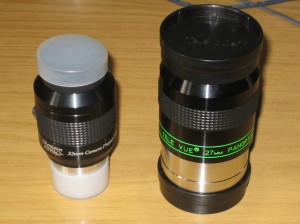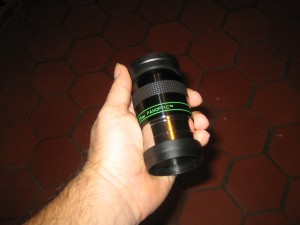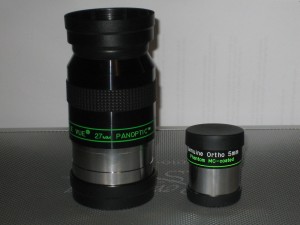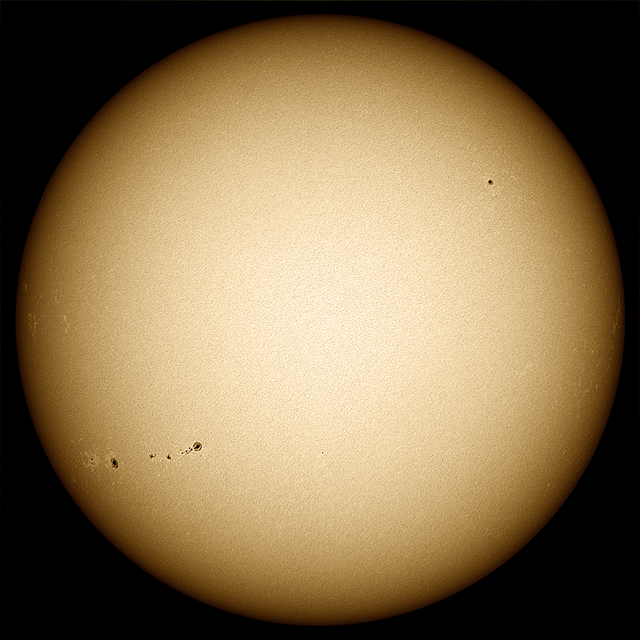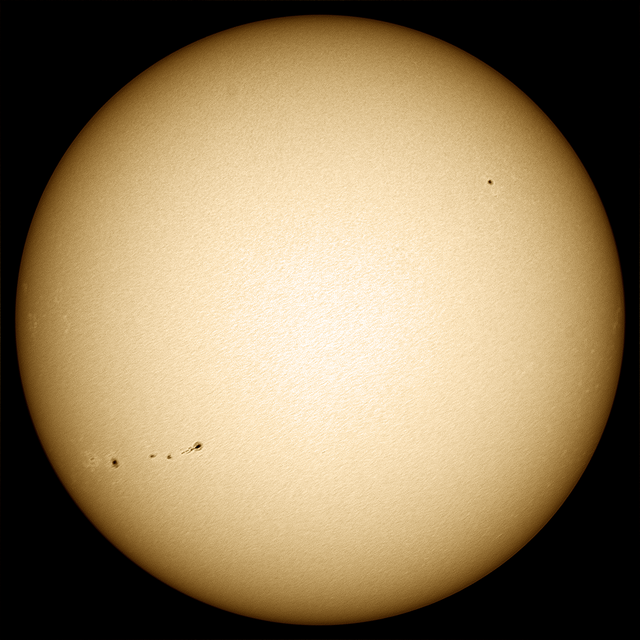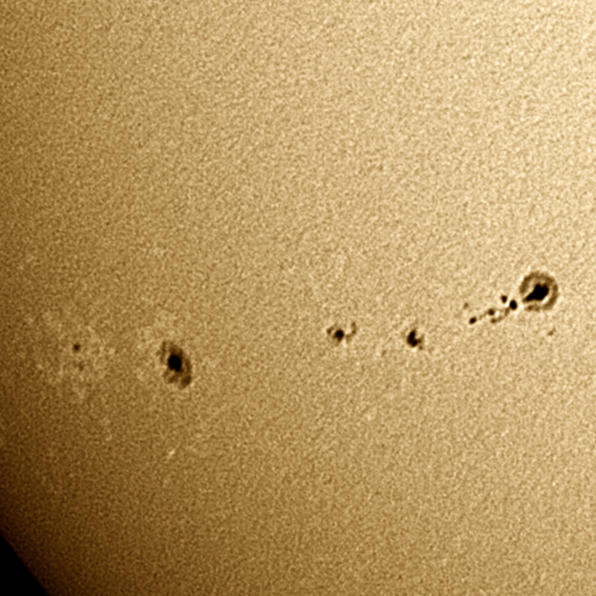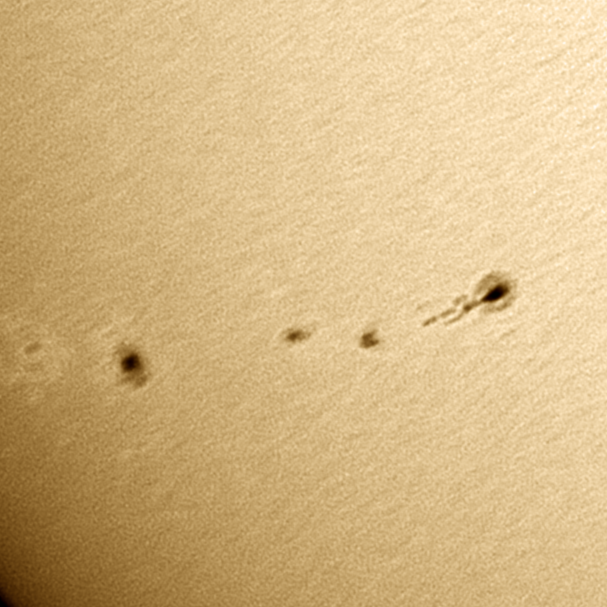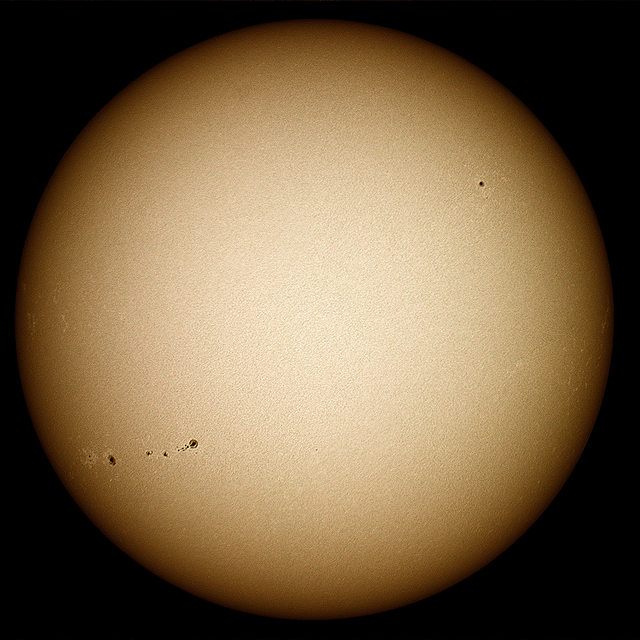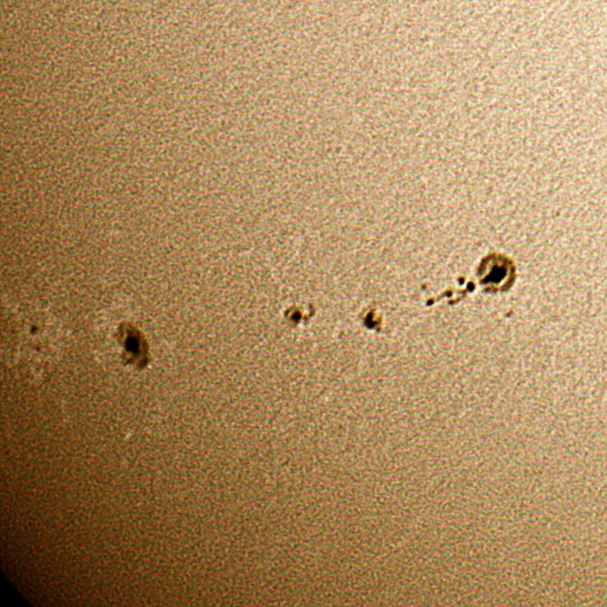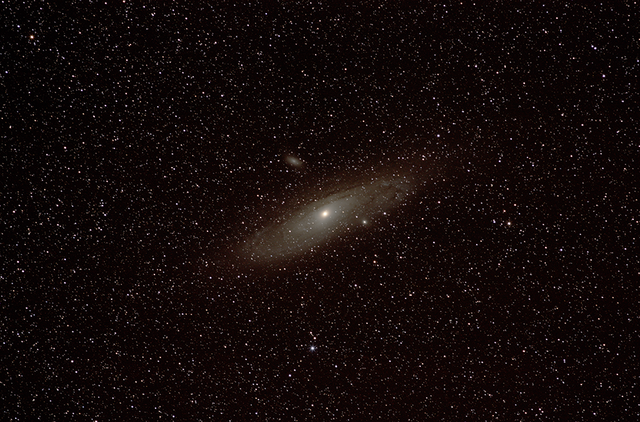This was my first decent length session with the 10″ dob and a good night for it. Checking Ursa Minor suggested a NELM of at least 5.70, so I shan’t be complaining in that respect, although there was a small amount of high cloud about. For much of this session I used either the Revelation 32mm eyepiece giving a magnification of about 40x, or my 9mm BGO for about 130x magnification.
I started with one of everyone’s favourite globular clusters, M13 in Hercules. A 130x I had no problems resolving a huge number of stars in the cluster — more than I could count, but wasn’t convinced I could make out the propeller in the centre. I found myself having to “chase” the cluster with the dob because of the narrow field of view and found that there were a couple of places where the base is a little sticky, so that needs addressing soon. I also caught a meteor zipping across the field of view at one point.
Next was M13’s poor cousin, M92. It appeared much smaller and less dense in the 9mm eyepiece, but was still resolved very nicely with many stars (tens to hundreds, perhaps) being clear with the 9mm eyepiece again.
Over to Lyra next and another favourite, M57, the Ring Nebula. I found this tricky to get a really sharp focus on, perhaps because of the nature of the target, but the ring structure was beautifully clear and obviously slightly off-circular which I’d never seen before with smaller aperture scopes. I couldn’t make out any sign of the central star however. Again I had to work at keeping it in view when I’d got down to the 9mm eyepiece.
Halfway to Albiero from M57 is M56, another globular cluster. Smaller and less well-defined than M92, nonetheless a good number of stars were clear at 130x. Unfortunately a patch of high cloud spoilt the view of this one for some time, though a second meteor passing through the field of view helped improve matters a little.
M27, the Dumbell Nebula could clearly be resolved as an oval patch of nebulosity at 130x with an “apple core” shape in the middle. I couldn’t get much more detail out of it than that though.
M71 in Sagitta I found to be much more faint than either M13 or M56 with only perhaps a couple of dozen stars resolved and an odd sort of triangular shaped patch of starlight in the centre.
Moving up to Sadr for a nice easy finish to the evening, M29 is an easy star-hop down. I stuck to the 32mm eyepiece for this. It struck me as very easy to overlook, but I could resolve at least six major stars which reminded me of the face of a die.
Overall I was very happy with my first night out with the big dob. The base needs a little adjustment which shouldn’t be a major issue.
I do have a couple of eyepiece problems to address though. The first is that whilst the BGOs performed very well, they don’t really have a large enough field of view for a manual scope with that kind of focal length. At times I could probably have pushed the magnification up to 200x with the 6mm, but targets just move across the field of view so fast then that it doesn’t work very well. Some wider field eyepieces will probably become necessary at some point.
Also, whilst I’ve used the Revelation 32mm eyepiece a huge amount, possibly more than any other eyepiece thus far, it’s just not up to coping with an f/4.7 scope. Some new longer focal length eyepieces are clearly therefore a more important required than finding alternatives for the BGOs.

